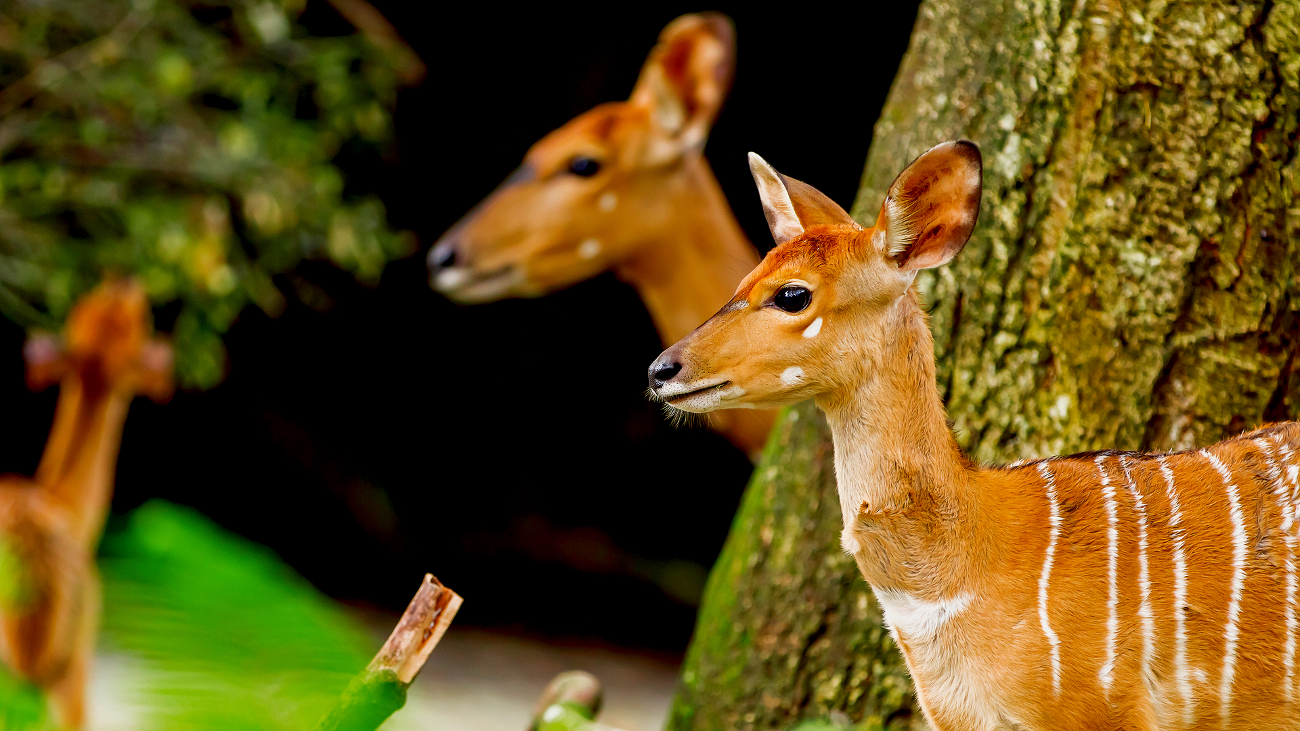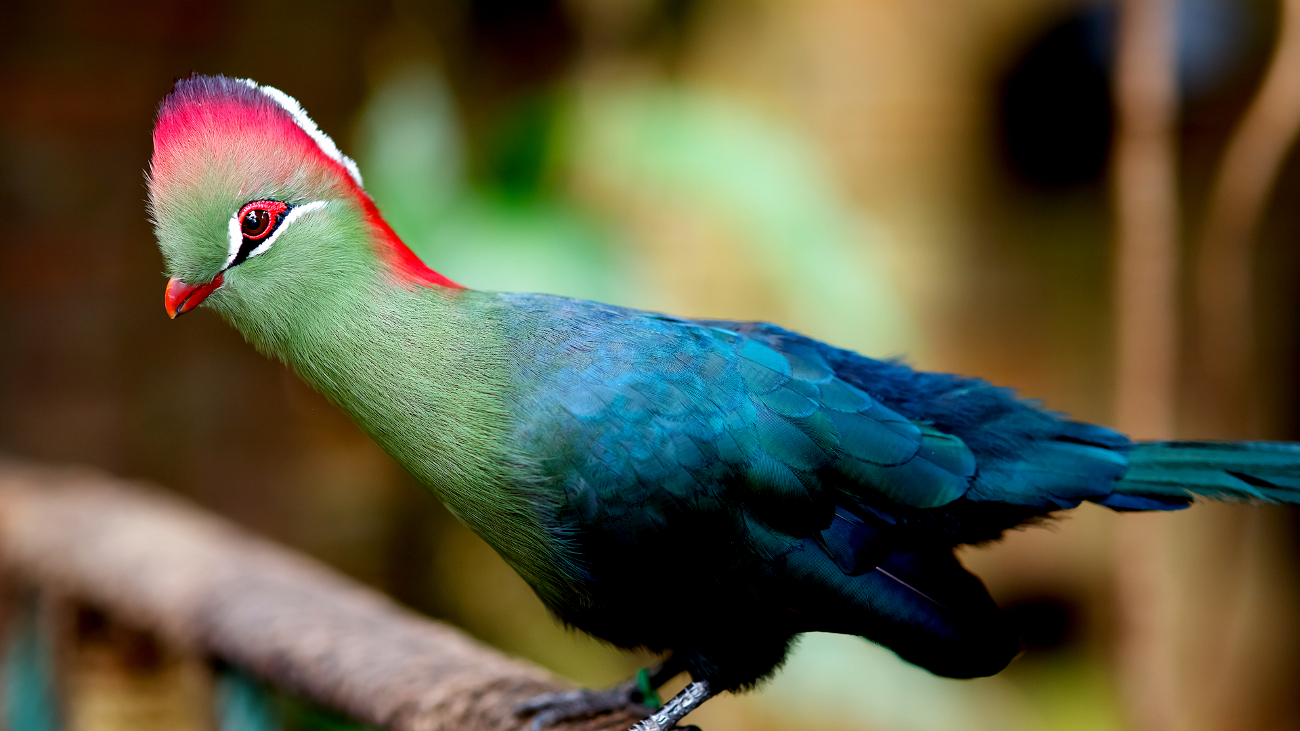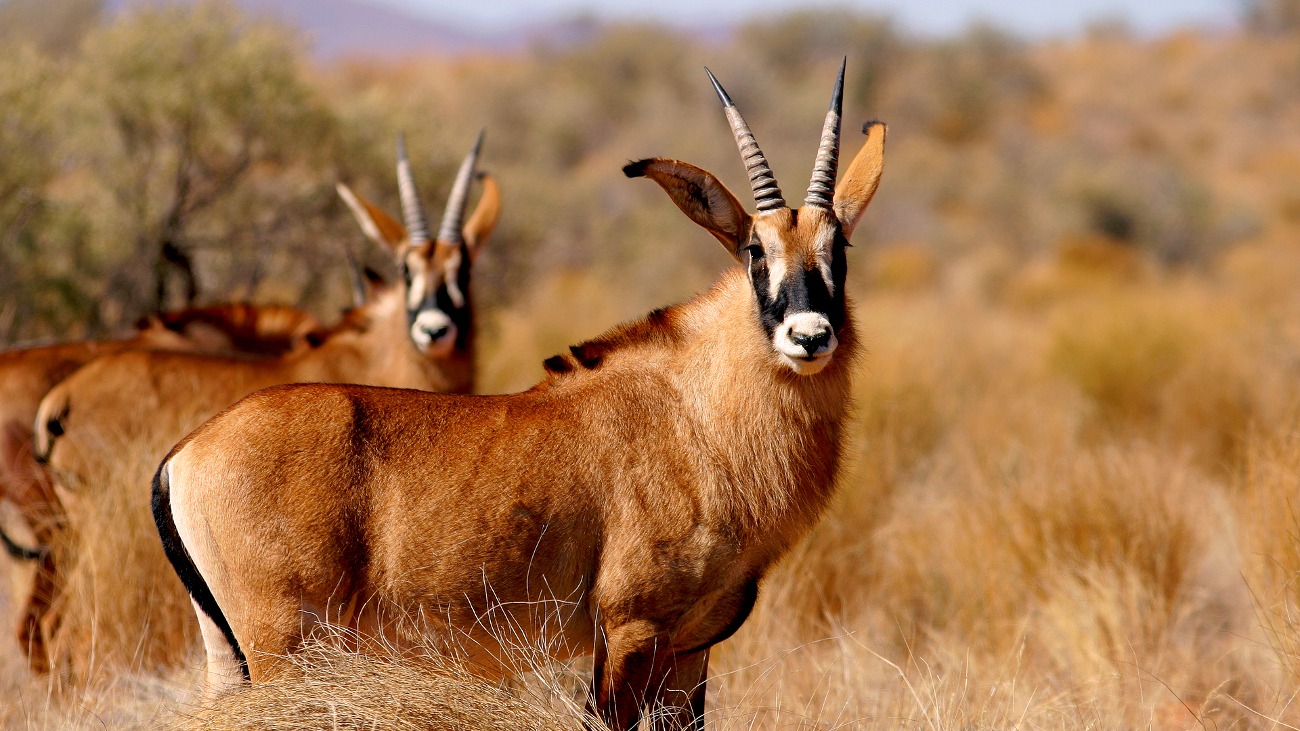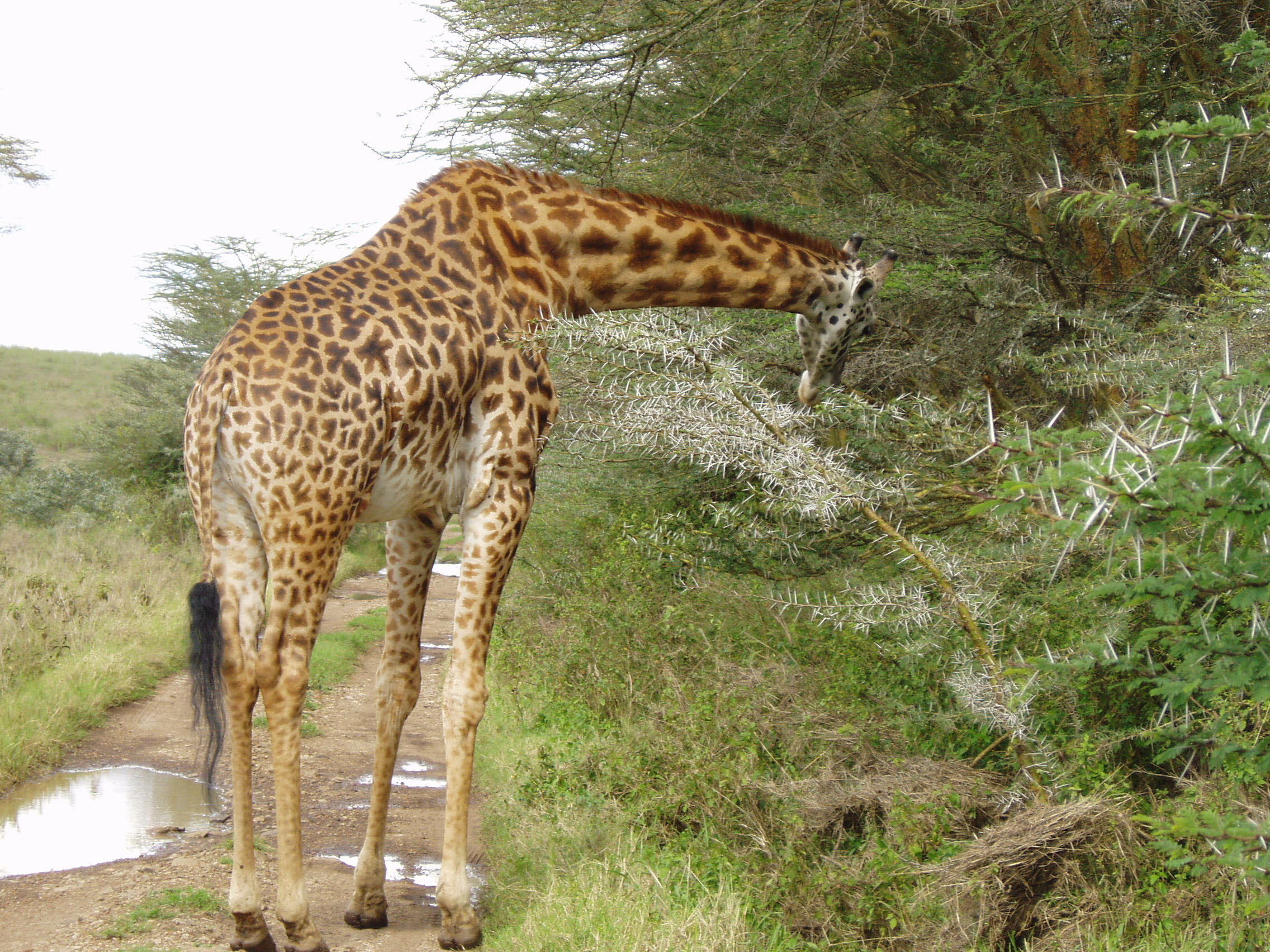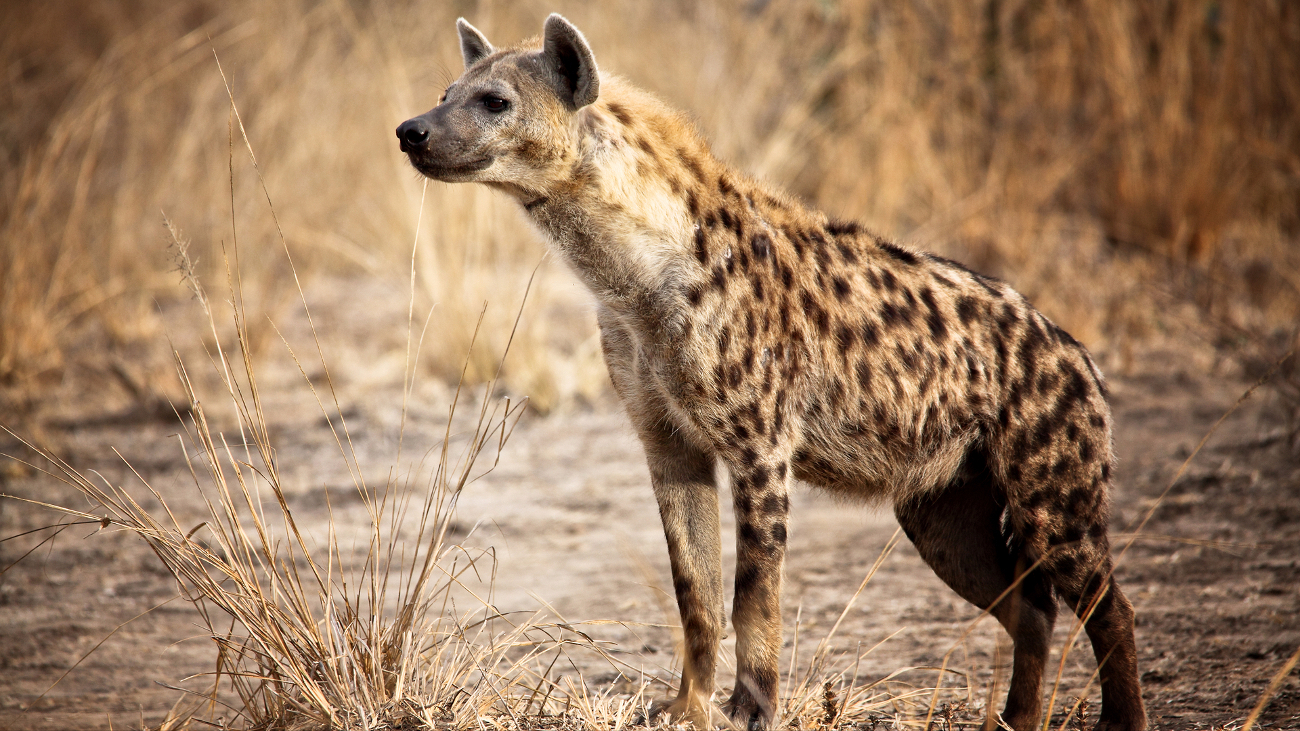-
Arusha – Tarangire National Park
After breakfast at your hotel, you will be picked up and driven to the Tarangire National Park, a huge park roughly the size of a small country. Savannah, baobab trees and seasonal swamps dot the park’s landscape, providing nourishment and shelter for hartebeests, buffaloes, zebras, giraffes, various antelopes and over 550 bird species.
The park prides itself on its large elephant herds, for which the park is famous for, and has become one of the best places in East Africa to see them. These large mammals have become accustomed to the sound of the safari vehicles allowing for closer observation. After an extensive game drive you will travel to a Twiga campsite just outside of the park for your overnight stay.Lunch; Dinner.
-
Tarangire Area – Serengeti National Park
Today you will set out on your journey through the lush highlands where corn, coffee and wheat grown, to travel to the Serengeti National Park. Serengeti, named by the indigenous Masai people, means “endless plains”, which is easy to see once the grassy savannah stretches out before you with no end in sight. The landscape is dotted by kopjes, bizarre rock formations, on which predators often are found surveying the region in search of their prey.
The Serengeti is home to the largest animal migration in the world and depending on the season you will be able to witness thousands of wildebeest and zebras trekking through the Serengeti and Masai Mara Game Reserve in search for food. In the late afternoon you will arrive at your dik dik campsite in the Seronera Valley, where you will stay the night. Breakfast; Lunch; Dinner.
-
Serengeti National Park
The entire day is set aside for more game drives in the Serengeti National Park. The Serengeti is the habitat for an abundance of wildlife, such as impalas, buffalo, crocodiles and hippos, but is more well-known for its great migrating herds of zebras and wildebeest. The animals’ trek is determined by the rainfall and varies from year to year.
In November and December the animals move from the northern region, dominated by woodlands and hills, to the grassy plains of the south. During the longer rainy season from April to June, they return to the north. Apart from the migrating herds, you might have the chance to see predators, such as leopards, cheetahs and lions, always lurking close by. The night will be spent at a dik dik campsite in the Seronera Area. Breakfast; Lunch; Dinner.
-
Serengeti National Park – Ngorongoro Conservation Area
After an early breakfast you will head out for another game drive in the Serengeti. You might be able to spot the “Big Five” – lion, elephant, buffalo, rhino and leopard – before embarking on your journey to the Ngorongoro Crater. The animals roam freely through the unfenced reserves offering you an uninterrupted game viewing experience.
Arriving at the edge of the crater you will have your first glimpse of what awaits you the following day – glistening streams, open grassland and an infinite amount of animals. You will spend the night at a Ngorongoro simba A campsite, located directly on the crater’s edge with the orange glow of sunset surrounding you as you drift off to sleep. Breakfast; Lunch; Dinner.
-
Ngorongoro Crater – Lake Eyasi (Hadzabe Tribe)
Early risers are rewarded with breath-taking views of the rising sun over the crater’s edge and after a hearty breakfast you will drive down the adventurous track into the crater. Formed millions of years ago, is 610 m deep and covers roughly around 260 square kilometres. Due to its dense animal population of approximately 25 000, the crater offers the best game viewing of all the parks in Tanzania.
In matter of minutes you will be able to see wildebeest, zebras, gazelles, elephants and some of the more than 500 bird species in the area. With a little bit of luck you might catch a glimpse of the endangered black rhino horns, peeking through the grass. After lunch you will ascend the steep walls of the crater and head to Lake Eyasi bushman or chem chem campsite. Breakfast; Lunch; Dinner.
-
Lake Eyasi Hunting with hadzabe-bushman
Very early morning (0545am) youll drive to the dwellings of the famous Hadzabe tribe in the bush for cultural interaction. Join the Hadza tribe and go to forage, and during the course of day eat while foraging, and also bring back some honey, fruit, or wild game when available.
While traditionally considered an East African branch of the Khoisan peoples, primarily because their language has clicks, modern genetic research suggests that they may be more closely related to the Pygmies. Get an opportunity to walk with them and watch the way they hunt or collect honey and insects. late evening drive back to Mto wa mbu for dinner and overnight at Twiga campsite.
-
Mto wa Mbu – Lake Manyara National Park – Arusha
Your final stop on the Tour is the small Lake Manyara National Park, named after the shallow alkaline lake covering roughly 200km² of the park. The park is known for its diverse landscapes; not only open grassy plains, but also primate-filled woodlands and baobab dotted cliffs.
Apart from the spectacular and diverse birdlife of over 400 species, the park is also home to hippos, elephants, baboons, wildebeest and the peculiar tree-climbing lions. After an extensive game drive through the park, you will leave the cascades of flamingos behind and head back to Arusha, where you will arrive in the early evening.Breakfast; Lunch.
SEASONAL RATE
Title
N/A
Max People for this package
1
Rate Per Adult
$795.00
Rate Per Child
$795.00
GROUP RATES
| Group Size 1 | # of Rooms 1 | Group Rate $ 0 |
| Group Size 2 | # of Rooms 1 | Group Rate $ 1500 |
| Group Size 3 | # of Rooms 2 | Group Rate $ 1300 |
| Group Size 4 | # of Rooms 2 | Group Rate $ 1150 |
| Group Size 5 | # of Rooms 3 | Group Rate $ 950 |
Sorry! no content found...

